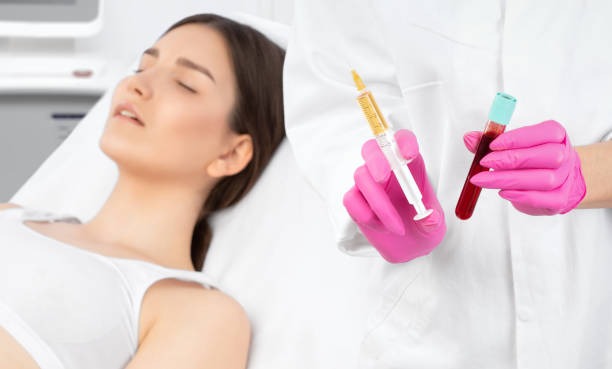Our bodies are naturally designed to heal, but sometimes, that process needs a boost. Whether recovering from an injury or managing chronic pain, modern regenerative techniques are changing how we approach healing.
One option gaining popularity is PRP therapy, which uses your blood to stimulate tissue repair. It’s minimally invasive and harnesses the body’s healing factors to more directly target inflammation, injuries, or damaged tissues.
What Exactly Is PRP?
PRP stands for Platelet-Rich Plasma. It’s a concentrated portion of your blood that contains more platelets than usual—along with growth factors that are key to tissue regeneration. A small amount of blood is drawn and placed in a centrifuge to separate the platelets from other blood components to create PRP.
These platelets are then injected into the area that needs healing, such as a joint, tendon, or even the scalp, for hair restoration. The goal is to deliver a higher-than-normal concentration of healing factors where they’re most needed.
How PRP Therapy Supports the Healing Process
Platelets play an essential role in repairing tissue. When an injury occurs, your body naturally sends platelets to the site. They help stop bleeding and release signals that attract other cells involved in tissue repair.
With PRP therapy, this process is supercharged by delivering a concentrated dose of these platelets, exactly where the healing response needs support. The injection encourages the body to begin or accelerate recovery, making it particularly effective for soft tissue injuries, arthritis, and chronic pain.
What Conditions Can PRP Help Treat?
PRP injections are used across several areas of medicine. While research is ongoing in some fields, many patients report improved pain and function after treatment. Common uses include:
- Tendon injuries like tennis elbow or jumper’s knee
- Joint pain and osteoarthritis
- Muscle strains or ligament sprains
- Hair loss or hair thinning
- Post-surgical healing support
In many cases, PRP is used when other conservative treatments haven’t provided lasting relief or as part of a larger recovery plan.
What to Expect During the Procedure
Platelet-rich plasma treatment is typically performed in a clinical setting and can often be completed in under an hour.
Here’s what the basic process looks like:
- A blood sample is taken from your arm.
- The blood is put in a machine that spins it to separate the platelet-rich plasma.
- The PRP is drawn into a syringe and injected into the targeted area, often with ultrasound guidance for accuracy.
PRP is derived from your blood, making it a highly safe and effective treatment. The procedure is gentle, and most people feel little to no discomfort, experiencing swift recovery as they begin to enjoy the benefits of the therapy.
How Soon Can You See Results?
Regenerative injection therapy often leads to encouraging outcomes, with many individuals noticing improvements within just a few weeks. As the body naturally heals and strengthens the affected area, progress continues, offering renewed hope and lasting relief tailored to each person’s unique health journey.
Depending on your goals and your body’s response, the therapy may be repeated in a series of injections. It’s often combined with physical therapy, rest, or other treatment methods to support a full recovery.
Making PRP Part of Your Recovery Plan
PRP injections are a flexible treatment often tailored to your needs. Some clinics offer same-day appointments or integrated care plans that combine PRP with other regenerative or rehabilitative services.
Before treatment, a consultation helps determine if you’re a good candidate based on your condition, health history, and goals. By working closely with professionals who understand PRP’s science and application, you can make more informed choices about your recovery journey.
PRP therapy represents a remarkable step forward in regenerative medicine, harnessing the body’s natural ability to heal in a more focused and efficient way. As research and experience continue to grow, its role in supporting recovery will likely expand, offering new opportunities for those seeking to heal, restore, and rejuvenate their bodies. Whether you’re recovering from an injury or addressing ongoing pain, PRP injections provide a unique, personalized treatment option that aligns with your body’s innate healing potential.



